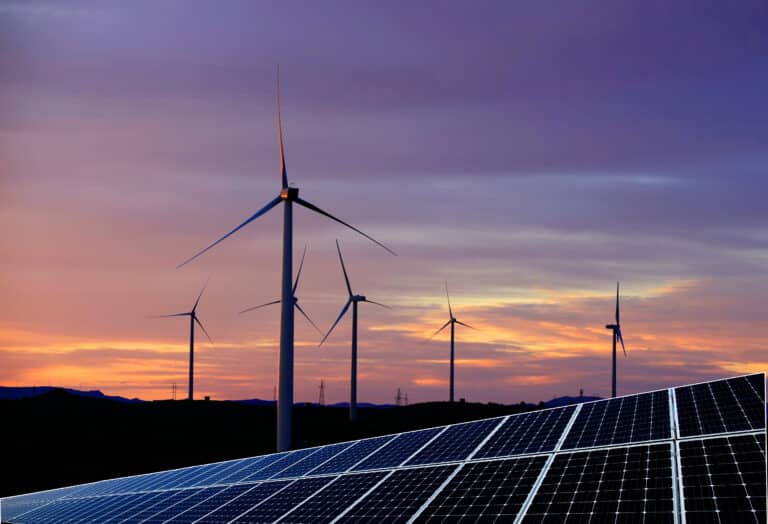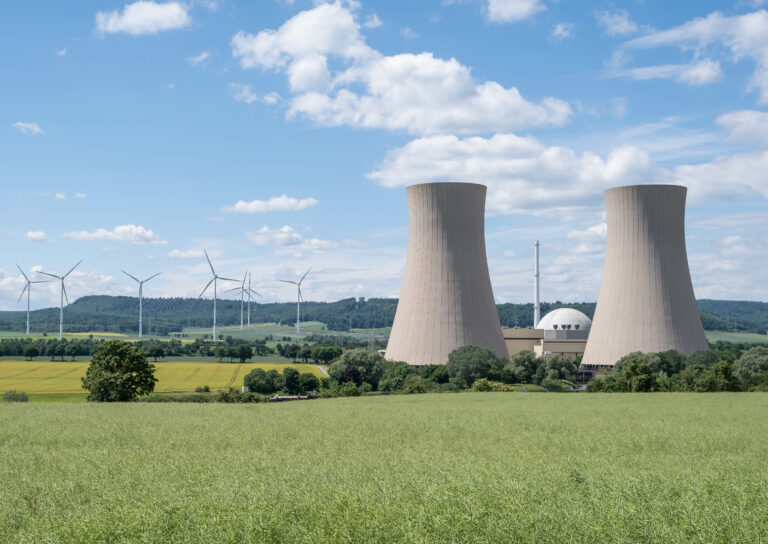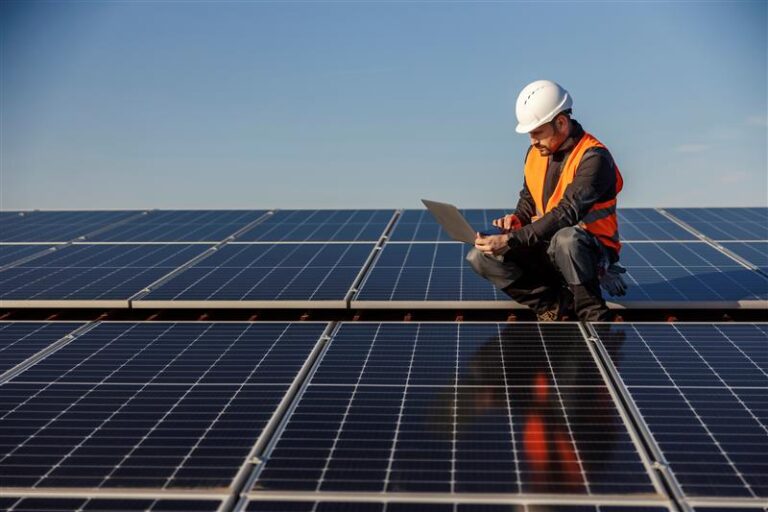While the cost of implementing solar PV continues to decrease, it remains a significant capital investment. One way to maximise the return on your investment is to ensure that the energy produced is used on site as much as possible.
If your organisation is exporting a large proportion of its generated power back to the grid, you could be missing out on substantial savings. The export tariff typically offers a much lower rate than the cost of purchasing electricity, meaning you could be paying more than necessary for your energy.
We often hear concerns from organisations about whether their panels are actually working, so we’ve compiled our top tips for ensuring you’re getting the most out of your solar power generation on-site. And we’ve developed a handy checklist to help you keep your solar panels working effectively.
The benefits of generating and using your own solar power
By maximising on-site solar power utilisation, you can unlock several key benefits:
- Cost savings: Reducing the amount of energy used from the grid can deliver substantial energy savings.
- Faster return on investment: You’ll achieve a faster ROI by utilising the solar power you generate.
- Enhanced sustainability: Generating and using your own solar power will reduce your carbon footprint and contribute to powering a more sustainable future.
- Energy security: Decreasing dependence on the grid will provide greater energy security and protect your organisation against power outages.
Five key strategies for maximising on-site solar utilisation
To ensure you’re making the most of your solar power generation, consider these strategies.
1. Align energy consumption with solar production
Solar panels typically generate the most electricity during the middle of the day, which may not align with peak energy consumption periods. To optimise solar power usage, consider opportunities to adjust energy-intensive activities – like running appliances, machinery, or HVAC systems – to coincide with peak solar production times. And consider running hot water cylinders during the daytime to allow hot water to be stored for use outside of daylight hours. This approach can significantly increase on-site consumption and reduce reliance on grid power.
2. Implement energy storage solutions
Installing battery storage allows you to store excess solar energy produced during the day for use during the evening or at night, when solar production is low. By storing and using your own solar power, you can reduce energy costs, enhance energy independence, and provide backup power during grid outages.
3. Maximise energy efficiency
Enhancing the overall energy efficiency of your site can ensure that the solar power you generate goes further. Implementing energy-efficient lighting, heating, and cooling systems, as well as insulating your building and reducing energy waste, will decrease your overall energy demand, making it easier to meet a larger portion of your needs with on-site solar power.
4. Metering and monitoring
Reviewing solar metering data regularly can help to identify generation trends as well as potential maintenance issues. Many solar inverters are equipped with built-in metering systems which can often be accessed remotely via mobile applications or online portals. These can offer insights into the amount of solar power generated, how much is consumed on site, and how much is exported. Analysing data from solar metering systems can identify further opportunities to maximise on-site solar utilisation and increase efficiency.
5. Conduct regular maintenance checks
Even minor issues can significantly affect the performance of your solar panels. From blocked inverters to shade from overgrown trees, a regular maintenance check can uncover issues impacting output. PV panel technology is continuously improving, so if your system is over 10 years old you should consider a health check to review if it is more cost effective to upgrade.
We’ve developed a checklist to help you keep on top of maintenance issues which could be impacting the performance of your solar panels.
Need some more help? Contact us to request a complimentary 30-minute consultation. We’re here to help you.














